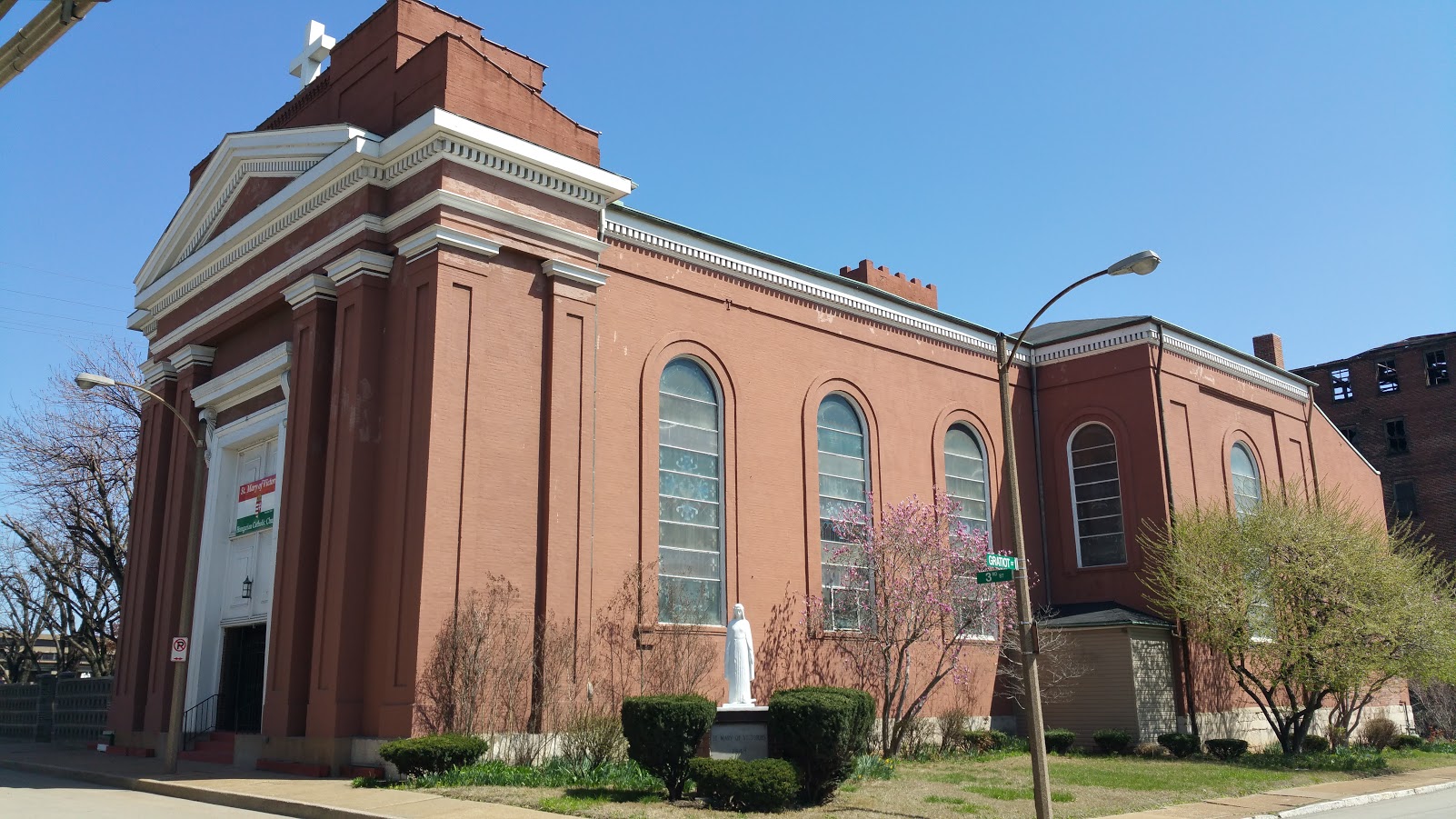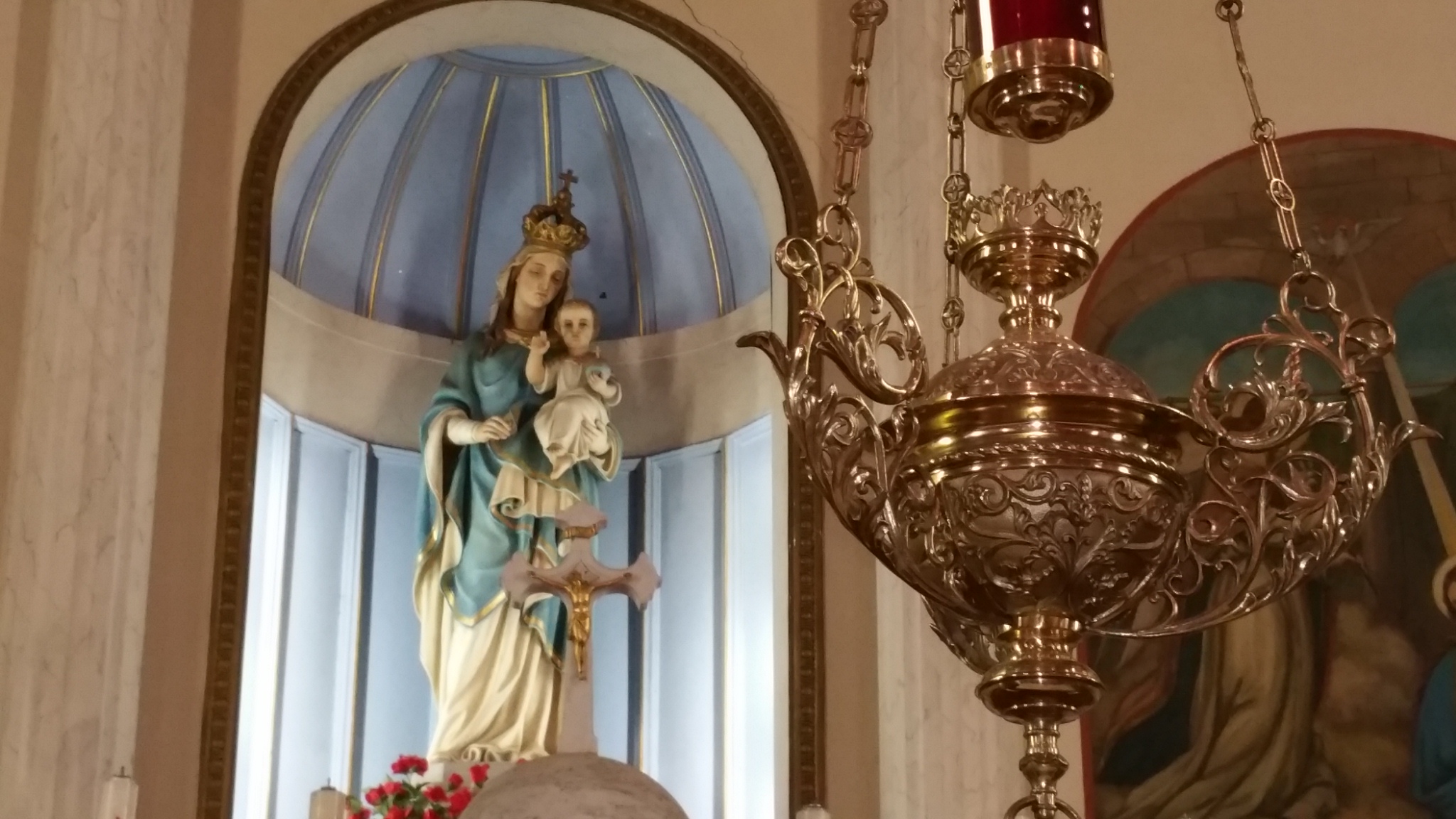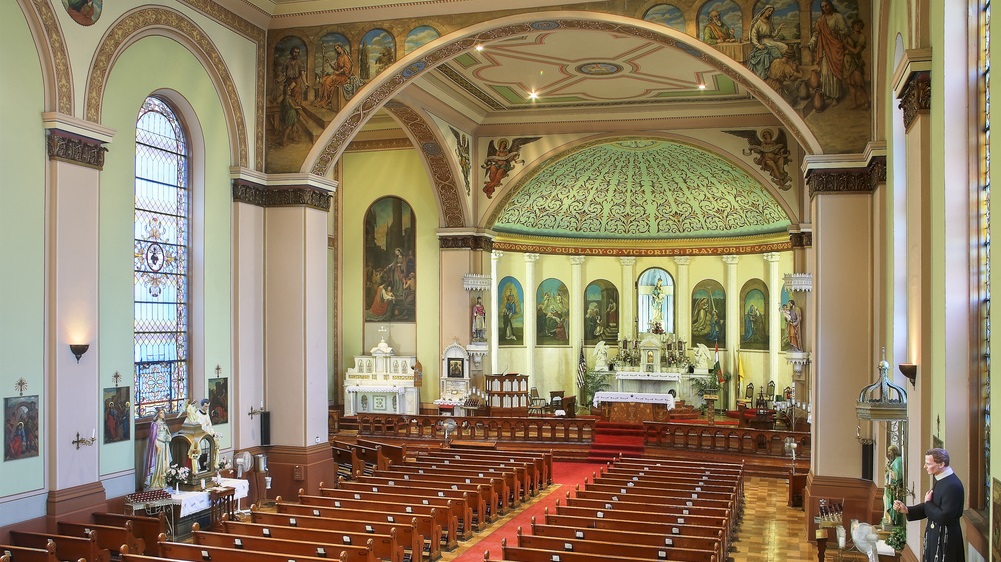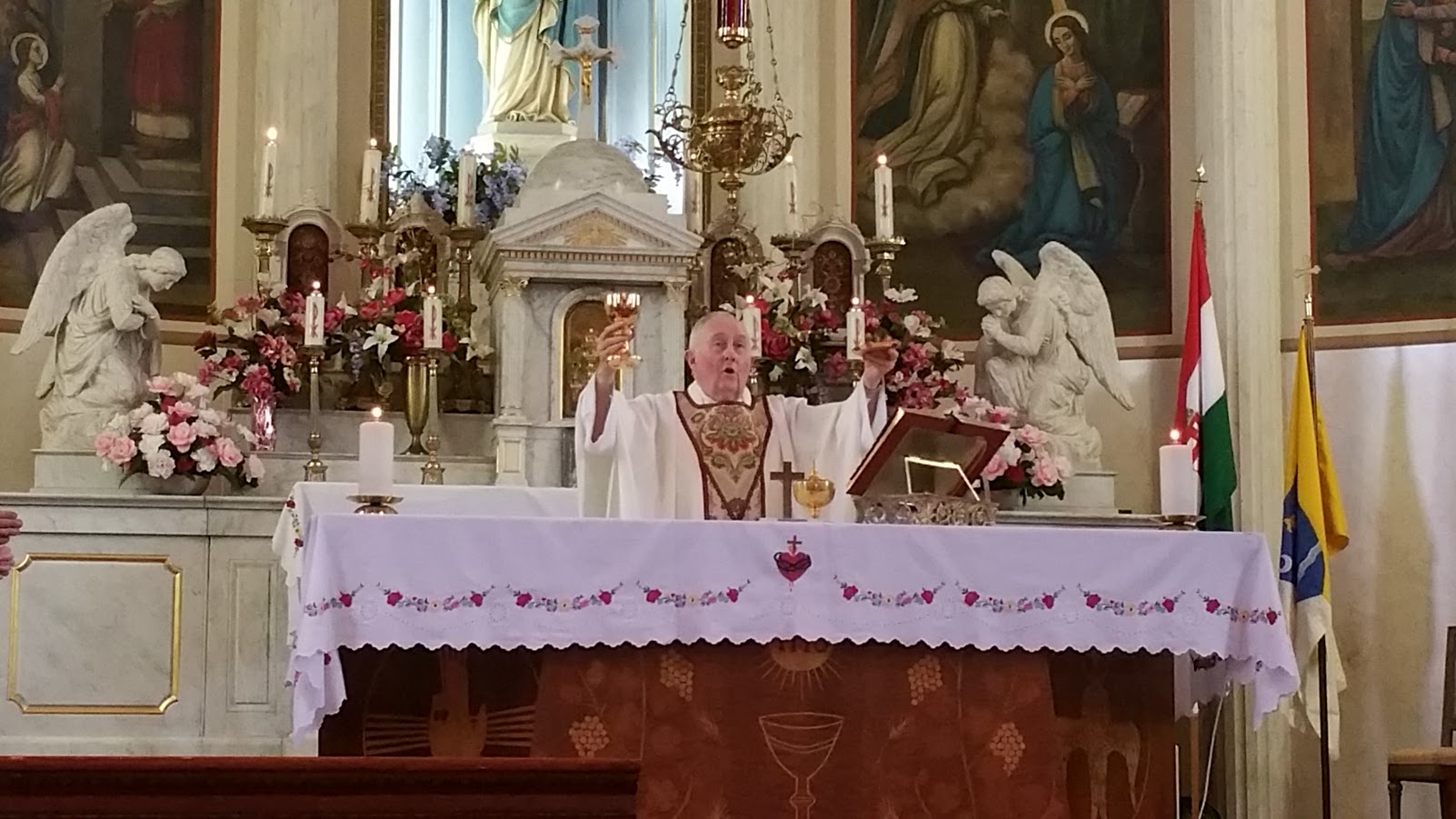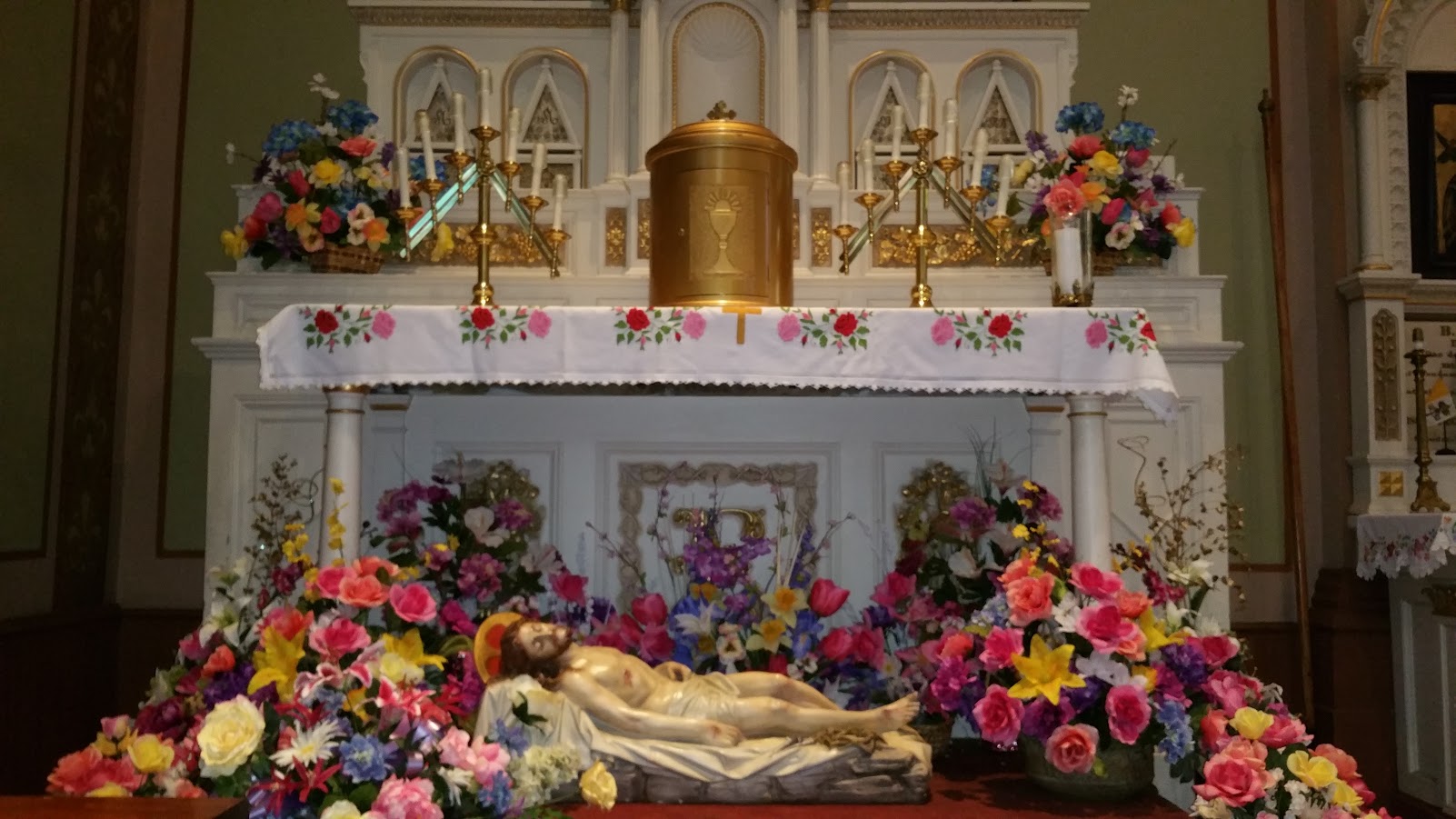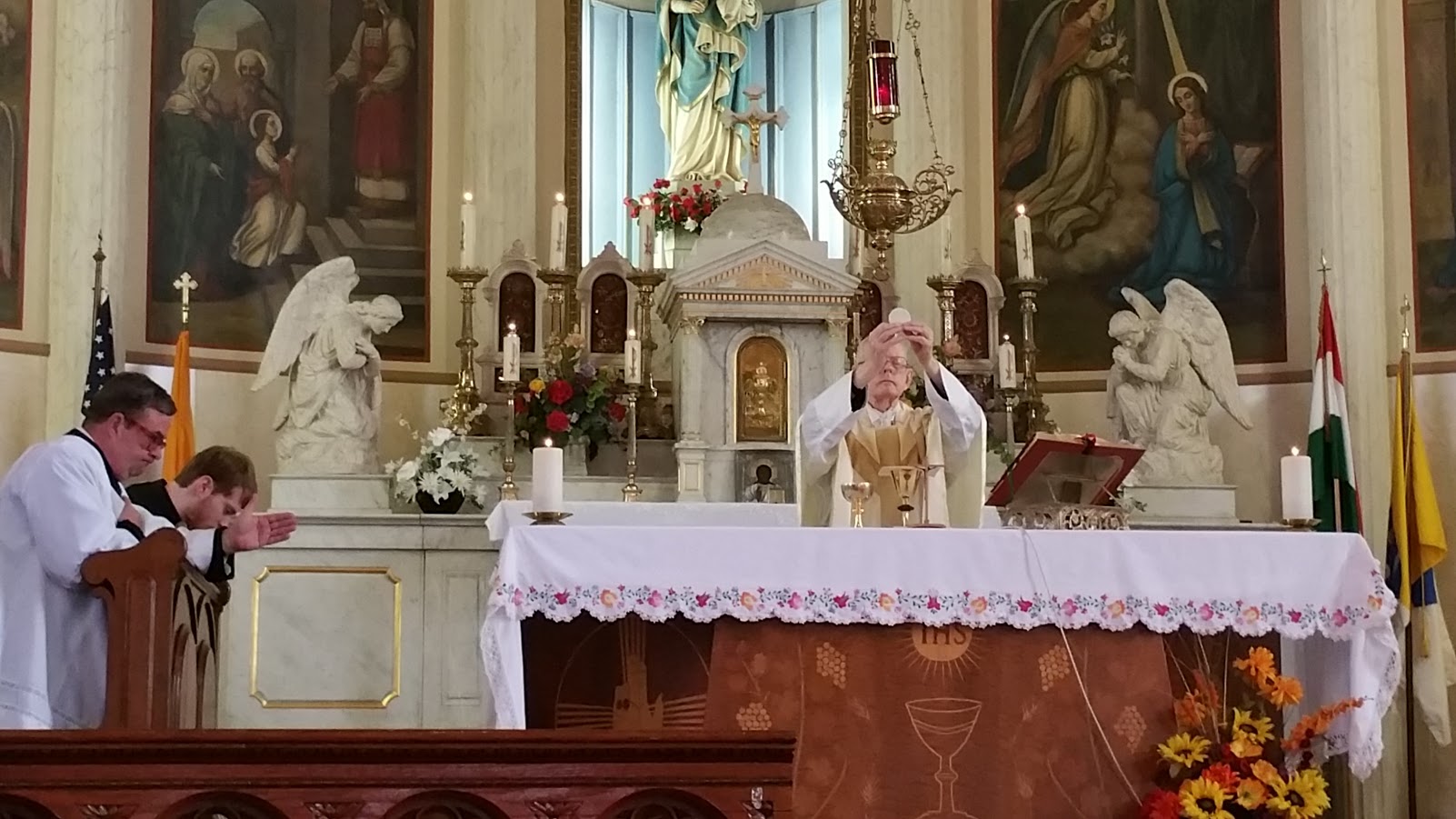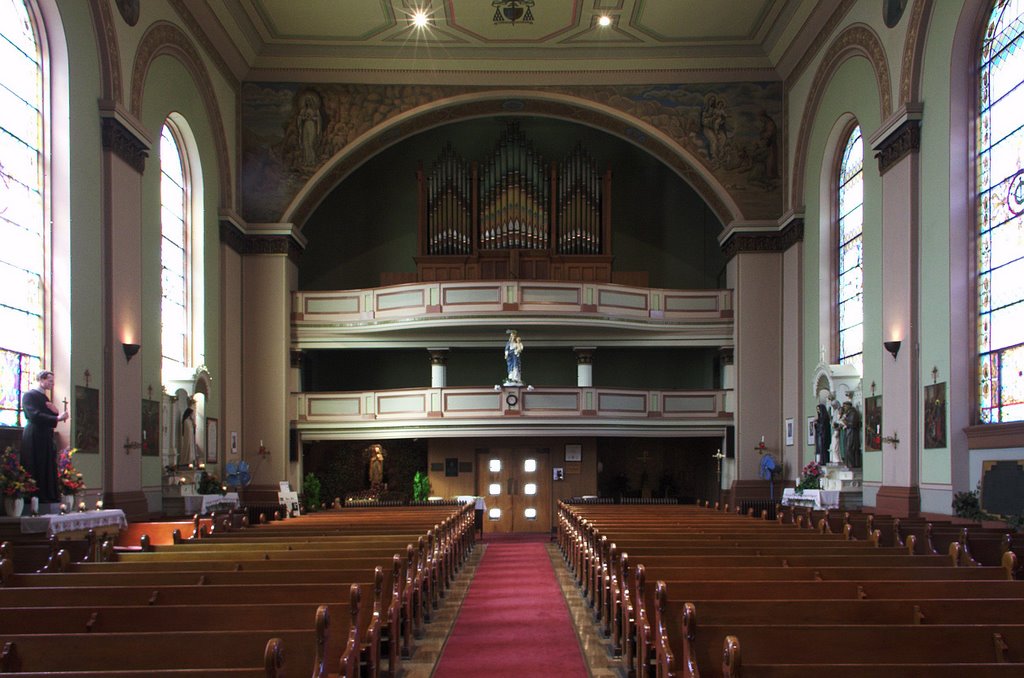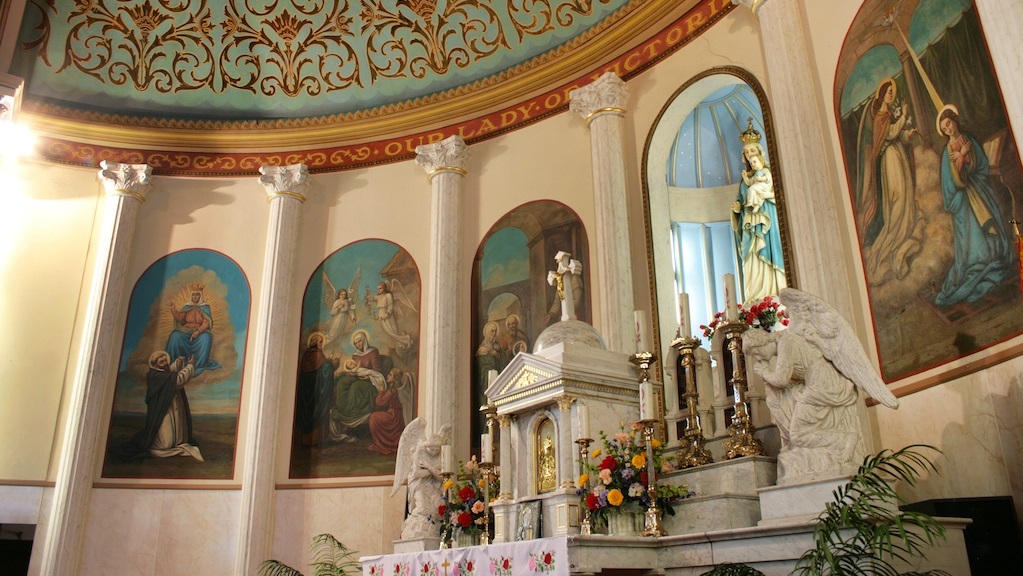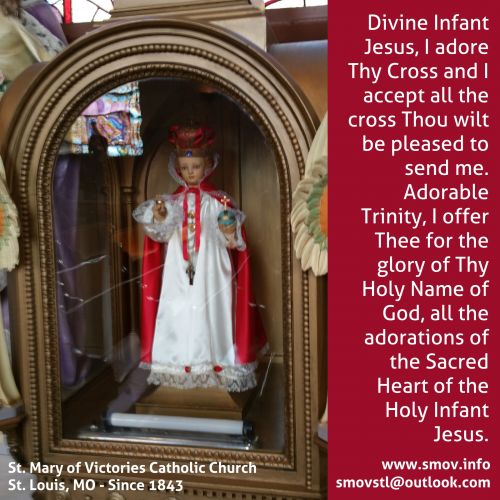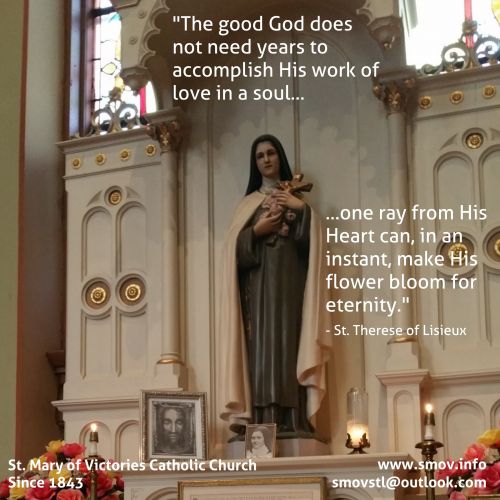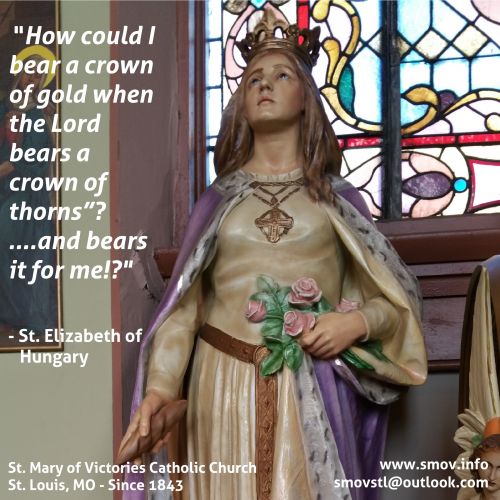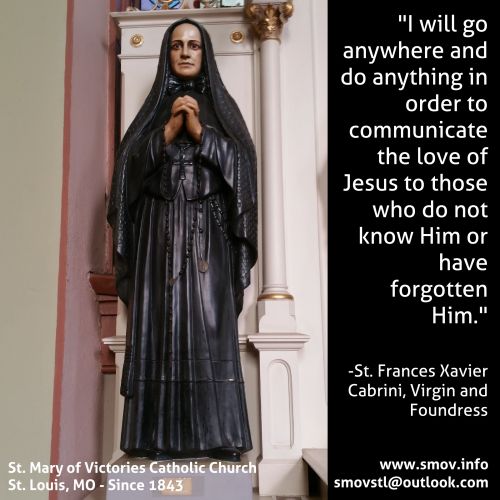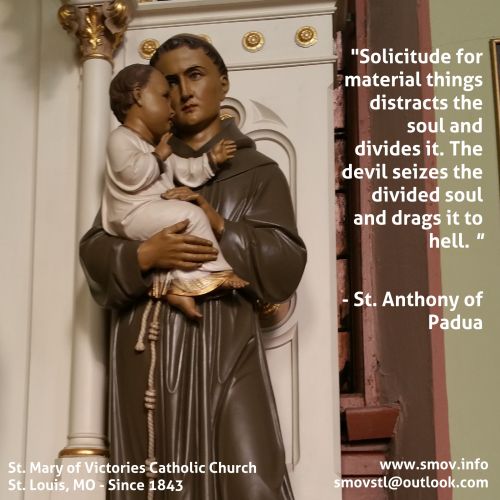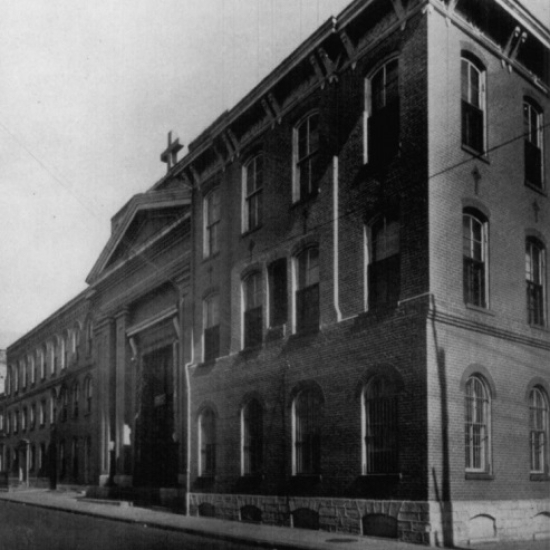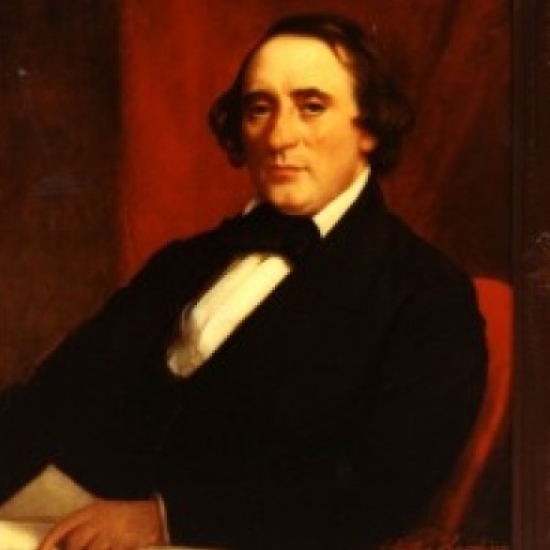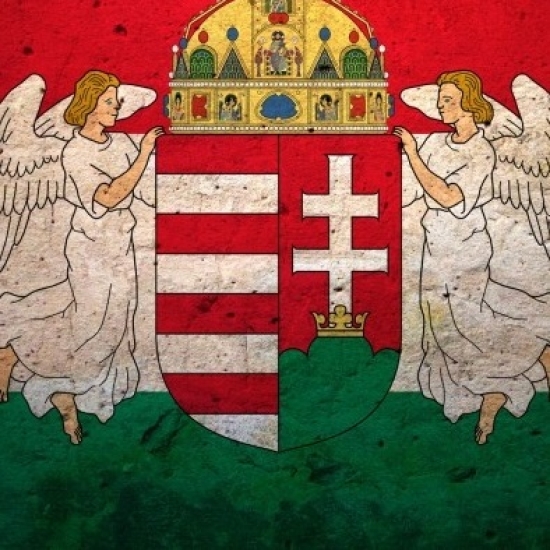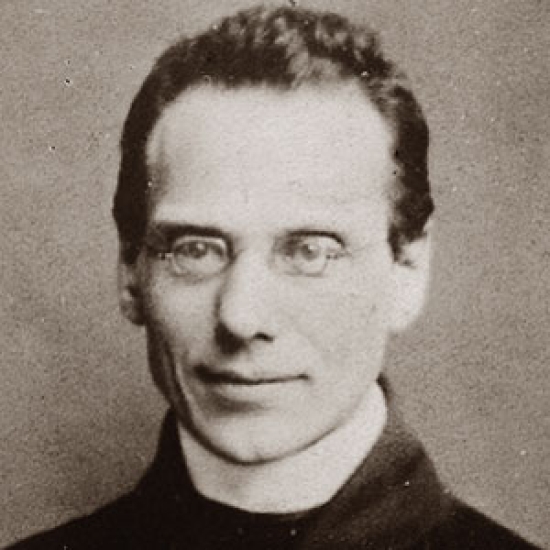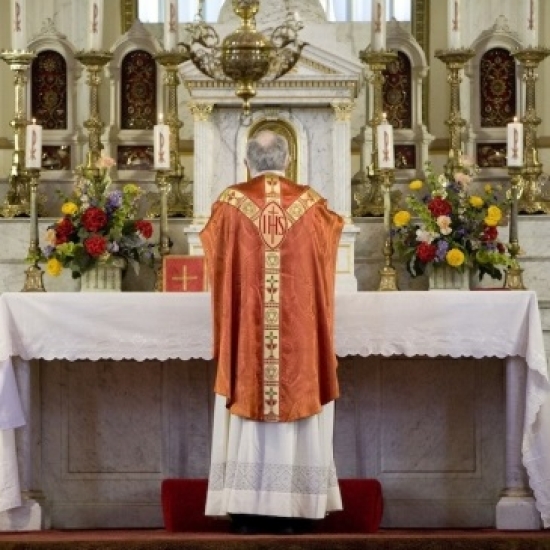26 February 2017, 8th Sunday in Ordinary Time (Year A)
Introit: Factus est Dominus
Alleluia: Melismatic mode IV, PBC, p. 85, with Lectionary verse. (Final Alleluia before Lent.)
Offertory: Domine convertere, begin on G (as fa).
Hail O star that pointest, p. 366.
Communion (Year A): Primum quaerite, begin on G (as sol)
Recessional: Thy hand O God has guided, p. 213, but sung to the tune Thornbury
Mass XI, PBC p. 58. Credo III, PBC p. 77.
The Introit antiphon has two phrases:
1. Factus est Dominus protector meus, et eduxit me in latitudinem
2. salvum me fecit, quoniam voluit me.
When the evening of his life was approaching, David looked back upon all that the long years had brought him. There had been much suffering; many had been inimical to him; bitter woe, the torture and affliction of turbulent passions, had saddened his heart. But by far outweighing all this was the help which God had bestowed upon him, the protection which had come upon him from on high. Hence he cries out with a grateful heart: "The Lord has become my Protector! I will love You, Lord, my strength!" The saints in heaven voice the same sentiments: ‘The Lord has become my Protector, and has brought me into a large place.’ Their happiness now is boundless. They are forever freed from all that is small and mean and imperfect, from all that formerly oppressed them, from all that was defective. Now they enjoy perfect liberty. They have been saved, and forever sing a canticle of grateful love. We who still tarry upon earth surely have every reason to thank God for having become our Protector, for having led us into the open, into the perfect liberty of the children of God, and for having become our Redeemer from a motive of pure love.
Our thanks ought to be especially sincere when we think of the Eucharistic Saviour and of the protection which His grace affords us against all the enemies of our soul, against whatever oppresses it, weakens it or obscures its vision. How entirely is He who was made flesh become our protector in the Holy Eucharist! What love will He not show us in this Sacrament until the very end! When we consider this, then surely the words Diligam te must well up from our inmost hearts. I shall attempt to repay Thy infinite love with my own poor love. Thou art my strength against all the violence of my unchecked nature, Thou art my refuge and my rescue, to whom I may have recourse in my every need. In the first phrase joy continually tends toward development, until the motive over eduxit me attains its full measure with the words in latitudinem. It is the song of one who suddenly finds himself free and in broad daylight after a long imprisonment in a narrow, dark, and dank dungeon.
It ought not cause surprise that this same melody occurs in the Introit Statuit. Here also it transfigures that loftiest of all themes: the dignity of the priesthood. The ascent at protector meus bears some relation to the Dominus prope of the Introit Gaudete (Third Sunday in Advent): it is also somewhat reminiscent of the beginning of the Introit on the feast of St. Stephen. The construction is apparent at first sight. Of the two phrases which compose the piece, the first has its half cadence and its full cadence on the dominant (a), the second at times on the tonic of the mode (d). The first phrase exhibits an arsis laid on a grand plan, while the second is a clear thesis. Whereas f is banned from the first half of the first phrase, the note b♭ occurs four times; the second half is influenced by high c, and b occurs thrice. At eduxit the two podatus are to be interpreted broadly. The first phrase has a descending fourth (d-a) over eduxit; the second phrase two descending fourths (g-d). The motif over me fecit is heard again over voluit with a quiet closing formula which releases the tension of the fourths.
The Offertory has two phrases:
1. Domine convertere, et eripe animam meam
2. salvum me fac propter misericordiam tuam.
Marked by a special style and a childlike naivete of tone, this Offertory stands almost alone among all the Offertories. Only the Offertory Domine in auxilium of the 22nd Sunday Per Annum (EF: 16th Sunday after Pentecost) is related to it, with the same sixth mode and almost the same range. Soon, however, that chant shows a tendency to form melismas, while here syllabic chant predominates with a trustful adherence to the tonic f. The stressed syllable tends to form a pes; twice indeed it becomes a torculus.
The second phrase bears the same features as the first, although the melody is somewhat more ornate. The closing neumes of the third last and the second last syllable are freqnuetly emphasized in the sixth mode. It would almost appear as if the melody wished to tone down the strong expression eripe me (‘loose me from’). Salvum me fac has an entirely different coloring from the petition in today’s Alleluia verse. The theme of the whole might be put in these words: ‘Lord, into Your hands let all things be placed—the beginning and the end.’
The manuscripts provide two additional verses for the Monday after Passion Sunday that are similarly suggestive of rest. Only the word Domine of the first verse is somewhat more ornate. In the second part of the second verse the melody assumes the brighter coloring of the fifth tone and even becomes melismatic over the second last word, ossa. A confident salvum me fac propter misericordiam tuam brings the whole to a close.
The Communion antiphon has two phrases:
1. Primum quaerite regnum Dei
2. et omnia adjicientur vobis, dicit Dominus.
This antiphon wishes to impress firmly upon our minds the final thought of today's Gospel. In our whole mode of life, in our inner soul as well as in our external dealings with others, the kingdom of God, of Christ the King, is to be formed and realized. That alone is the guarantee of true peace and welfare and happiness. Then all things else will be added, the Lord tells us.
The melody is not so much a fervent exhortation as an expression of trust in the fulfillment of these words, or even of hearty thanks for all that divine Providence has in store for us. Regnum Dei is made impressive by means of a chord resembling a tritone. For everything depends upon this, that God, God exclusively, be acknowledged and obeyed as the true King. We might sing the last two words somewhat softly, thus placing the preceding more prominently in relief. Plainsong delights in using the turn g b a g which occurs over Dei. The school of Palestrina, however, avoids it on account of the leap made from the accented first note of the group of four. There is some resemblance to this melody in the Communion for the feast of St. Andrew the Apostle
